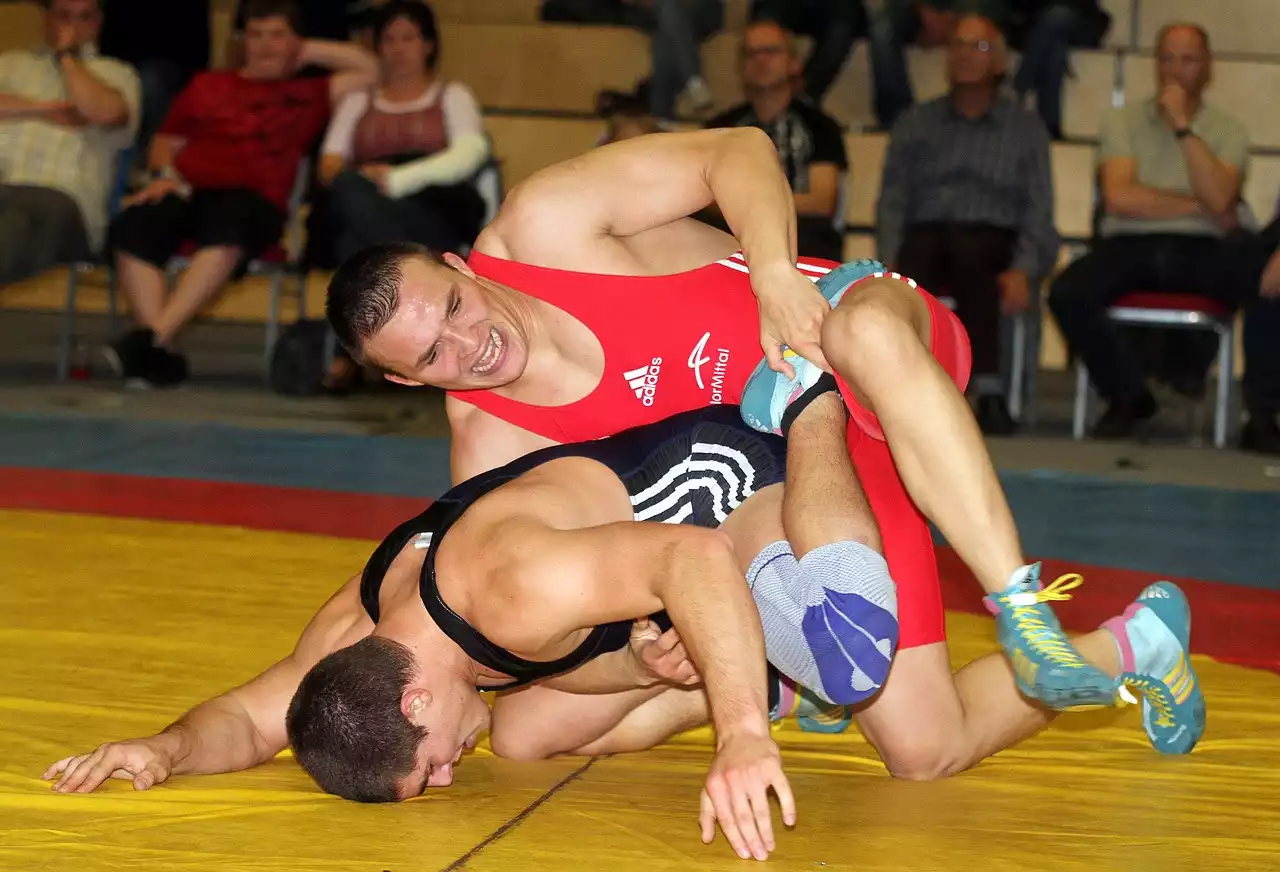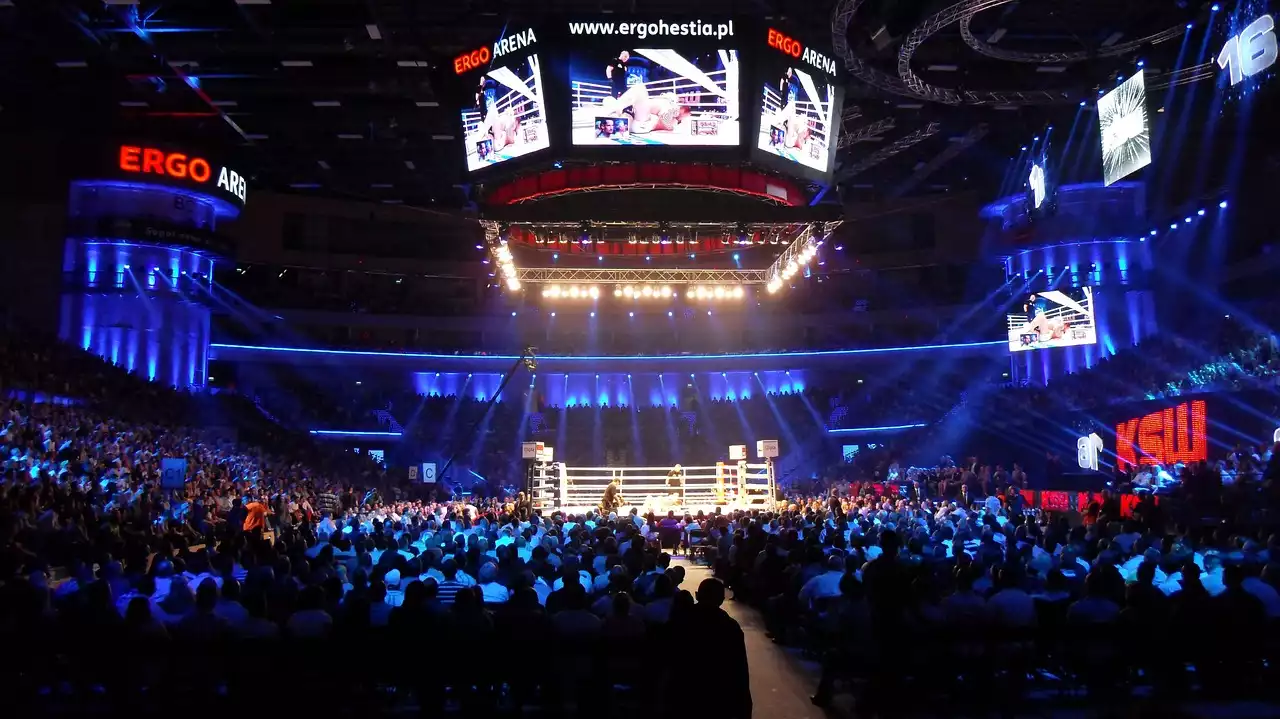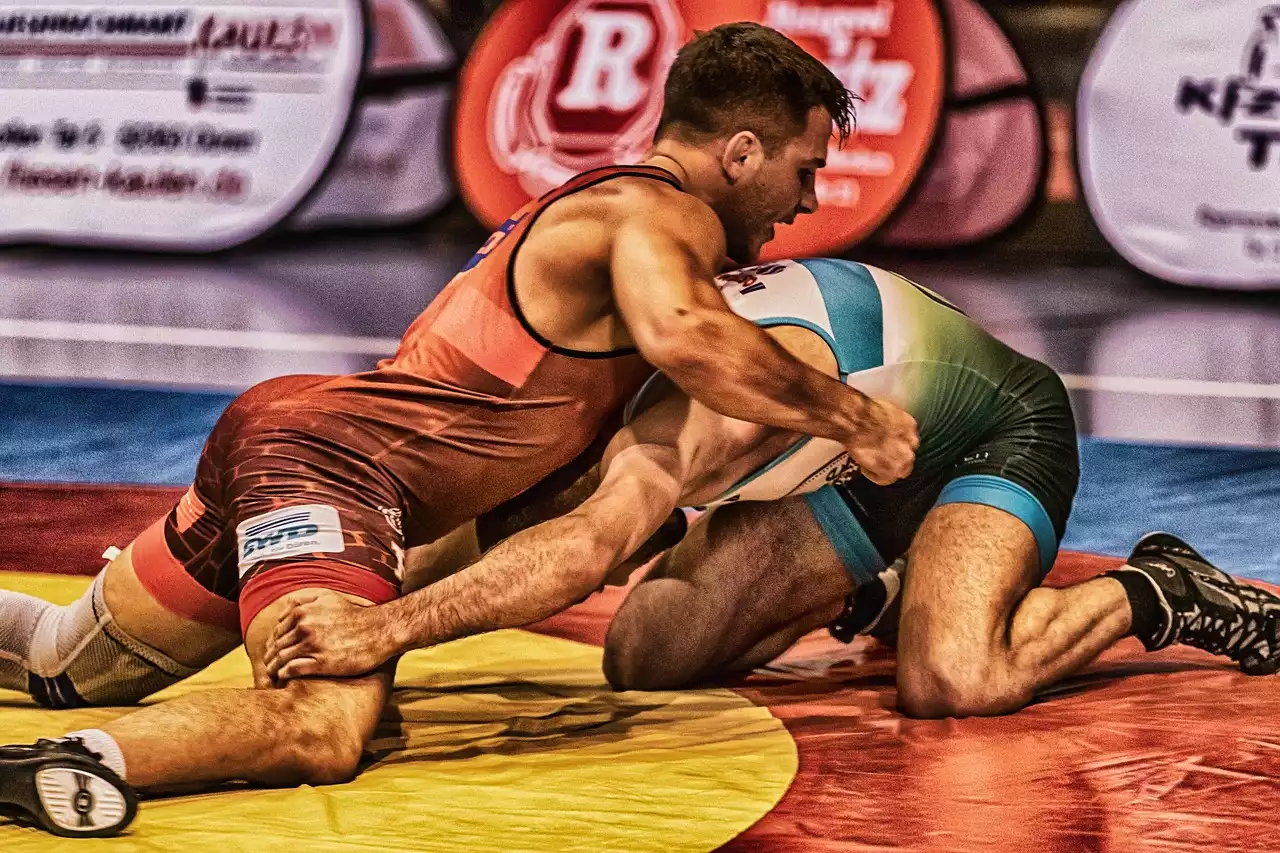Brief history of WWE and AEW
WWE, formerly known as the World Wrestling Federation (WWF), was founded in 1952 by Jess McMahon and Toots Mondt. Over the years, WWE has grown to become the largest and most successful professional wrestling company in the world. It has produced some of the biggest stars in the industry, including Hulk Hogan, Stone Cold Steve Austin, The Rock, and John Cena. WWE has a global reach, with shows broadcast in over 150 countries and available in more than 25 languages.
AEW, on the other hand, is a relatively new player in the industry, having been founded in 2019 by Tony Khan, son of billionaire Shahid Khan. AEW was born out of frustration with the lack of competition in the wrestling industry and a desire to create a new, fresh product for fans. AEW has quickly gained a reputation for its innovative approach to wrestling, with a focus on in-ring action and storytelling.
Comparison of roster and talent
WWE has a massive roster of wrestlers, with over 200 active performers on its books. It has a mix of established veterans and up-and-coming talent, with some of the biggest names in the industry under contract. WWE has a development system, NXT, which is used to train and groom new talent before they are pushed onto the main roster.
AEW has a smaller roster, with around 50 active performers. However, what it lacks in size, it makes up for in talent. AEW has some of the most exciting and innovative wrestlers in the industry, with a focus on athleticism and in-ring storytelling. It has also been successful in signing former WWE stars, such as Chris Jericho, Jon Moxley (formerly known as Dean Ambrose), and Cody Rhodes.
In terms of star power, WWE has the edge, with household names such as John Cena, Roman Reigns, and Brock Lesnar. However, AEW's roster is full of potential superstars, such as MJF, Darby Allin, and Jungle Boy, who could become household names in the future.
Production values and presentation
WWE has always been known for its high production values, with slick, polished shows that are a feast for the eyes. Its flagship show, Monday Night Raw, has been on the air since 1993 and has a recognizable format that fans have come to love. WWE also has a massive multimedia empire, with its own streaming service, WWE Network, as well as partnerships with major networks such as Fox and NBC.
AEW's production values are more modest in comparison, but the company has a distinct look and feel that sets it apart from WWE. AEW's shows have a more intimate feel, with a focus on in-ring action and storytelling. The company's flagship show, Dynamite, has been praised for its fast-paced, action-packed matches and its focus on younger, more athletic talent.
Storytelling and character development
Storytelling and character development are key components of professional wrestling, and both WWE and AEW approach them differently. WWE has always been known for its larger-than-life characters, with over-the-top gimmicks and storylines that border on the ridiculous. However, in recent years, WWE has struggled with inconsistent storytelling and questionable character development, leading to a decline in ratings and fan interest.
AEW, on the other hand, has a more realistic approach to storytelling and character development. The company's focus is on creating compelling characters with relatable motivations and storylines that make sense. AEW has also been praised for its long-term storytelling, with storylines that play out over several months, rather than being quickly resolved.
In-ring action and match quality
In-ring action and match quality are arguably the most important aspects of professional wrestling, and both WWE and AEW have their own unique styles. WWE has a more traditional approach to in-ring action, with a focus on larger-than-life characters and spectacle. However, WWE has also been criticized for prioritizing entertainment over athleticism and in-ring storytelling.
AEW, on the other hand, has a more athletic and innovative approach to in-ring action, with a focus on high-flying moves and technical wrestling. AEW's matches are often fast-paced and action-packed, with a focus on athleticism and storytelling. AEW has been praised for its focus on in-ring action, with fans and critics alike hailing its matches as some of the best in the industry.
Ratings and viewership
Ratings and viewership are important metrics in the wrestling industry, and both WWE and AEW have experienced highs and lows in this area. WWE's ratings and viewership have been on a steady decline in recent years, with the company struggling to capture the attention of younger fans. However, WWE still dominates the ratings and viewership, with its flagship show, Monday Night Raw, averaging around 1.5 million viewers per week.
AEW's ratings and viewership have been on an upward trajectory since the company's inception, with its flagship show, Dynamite, averaging around 800,000 viewers per week. AEW has also been successful in capturing the attention of younger fans, with a strong social media presence and a focus on innovative storytelling and in-ring action.
Social media presence and engagement
Social media is an important tool for both WWE and AEW, with both companies using it to engage with fans and promote their products. WWE has a massive social media following, with over 1 billion followers across various platforms. WWE also has its own streaming service, WWE Network, which is available in over 180 countries.
AEW has a smaller social media following in comparison, but the company has been successful in using social media to engage with fans and promote its products. AEW has a strong presence on Twitter, with its wrestlers often interacting with fans and promoting upcoming shows. AEW also has a strong presence on YouTube, with its matches and promo videos often going viral.
Criticisms and controversies
Both WWE and AEW have faced criticisms and controversies over the years. WWE has been criticized for its treatment of wrestlers, with accusations of mistreatment and unsafe working conditions. WWE has also faced criticism for its lack of diversity and representation, with a predominantly white male roster.
AEW, on the other hand, has faced criticism for its lack of women's wrestling and its overreliance on former WWE stars. AEW has also faced controversy over its hiring of controversial wrestler Jeff Cobb, who has been accused of domestic abuse.
Future outlook and predictions
The future of WWE and AEW is uncertain, but both companies have a lot to offer fans. WWE has a massive roster of established stars and a global reach, while AEW has a talented roster of up-and-coming wrestlers and a focus on innovative storytelling and in-ring action. It remains to be seen which company will come out on top in the battle for wrestling supremacy, but one thing is certain: the competition between WWE and AEW is good for the industry, and fans have never been more excited about the future of professional wrestling.









